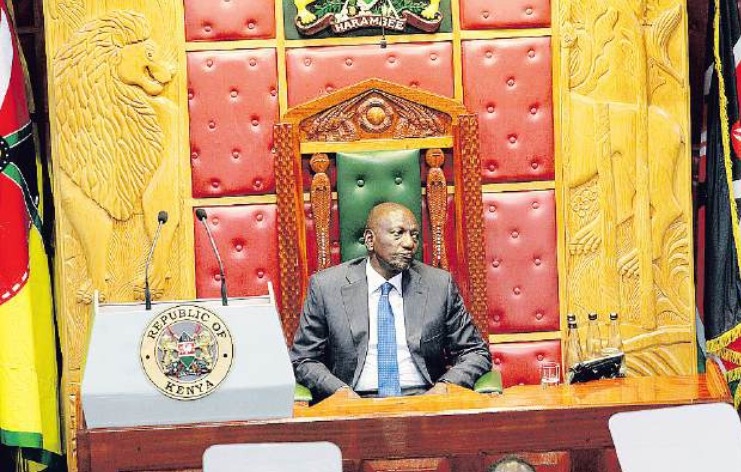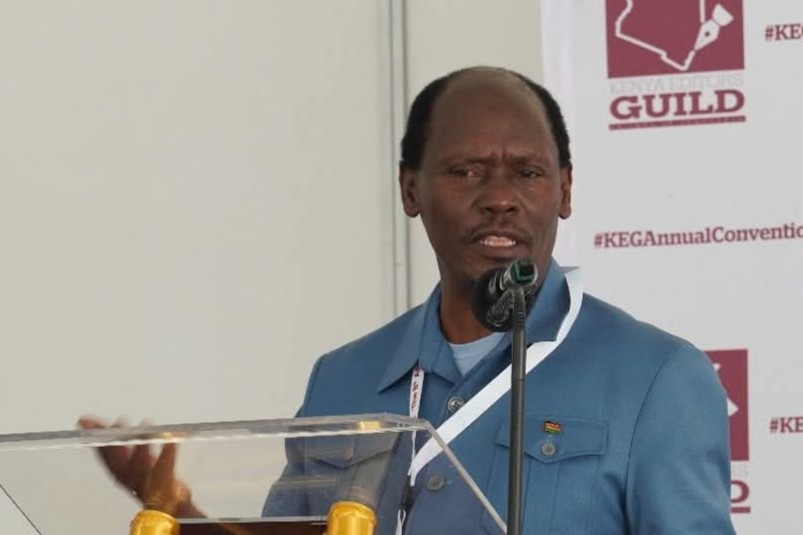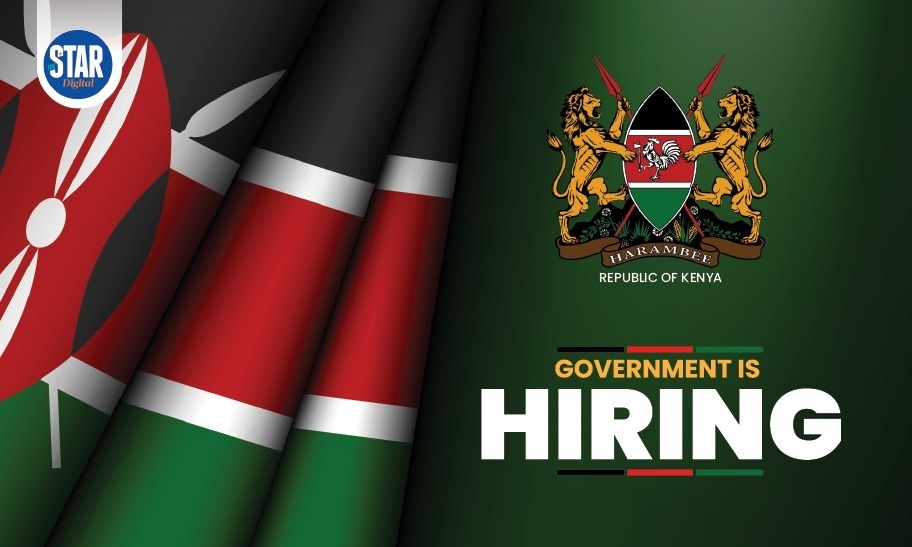Kenya has a new higher education funding model. The Means Testing Instrument, a critical tool in this new framework, ostensibly, ensures that government aid is allocated in a way that supports students according to their specific financial circumstances. The model shifts from institution-based funding to a more personalised approach, where funding follows the student according to their financial need.
That sounds like a good thing and yet, its unveiling has attracted unprecedented hue and cry from parents and students alike. The MTI itself has been criticised for lacking the holistic data required to make a realistic assessment of financial need. The model is seen as pro-rich pricing university education out of the reach of the poor and vulnerable.
So, what is so wrong about this funding model? In this piece I will not belabour the contents of the model. Instead, I analyse the thinking behind it, the economics and politics of higher education financing if you wish. Central to this thinking is whether higher education is a public good or not.
You see, there are two contrasting policy approaches to the question of public good in higher education. On the one hand, is the economic approach and on the other, is the political approach. In a nutshell, the economic approach espouses the economic postulation that ‘public goods’ in higher education are those goods that cannot be produced in an economic market place because it is not profitable to do so. Against this backdrop, the public pays only for those aspects of higher education subject to market failure. This, in fact, is the basis of the current financing model.
This approach immediately creates the zero-sum problem, the more education creates private benefits, the less public it is seen to be, and vice versa. Because financing is zero-sum, then benefits have to be seen the same way. This is a dangerous nonsense.
According to the political approach, the public benefit of higher education is what we say higher education should do, in the society that provides it with its conditions of existence. The financing arrangements become those that serve the policy-defined goals and value of higher education.
This way of thinking allows us to fully distinguish and finance the collective, societal benefits of higher education – as well as the individual benefits, such as augmented economic productivity, employability, cultural and social capital and personal development
The unveiled higher education financing model means that students and parents pay too much. This and the constant market consumer talk mean that the objective becomes to maximise private individual rates of return. Unfortunately, a high graduate premium is associated with high levels of economic and social inequality, and fosters the idea that higher education serves a high income earning social elite.
In a system with very high graduate premiums, as is the case in Kenya, those who do not access higher education are condemned to a low-wage and low-status existence. And this is where the waters of higher education financing become murky. When the purpose of higher education becomes concentrated on private individual rates of return alone, higher education is returned to its old, regressive role as a marker of social distinction.
The financing and tuition model in Kenya also means that the public pays too little. Over time this has led to neglect of the common and collective goods derived from Kenya’s university, college and TVET infrastructure and, in the long run, this is as important an issue as individual fees.
Come to think of it, why doesn’t Kenya treat higher education the way they treat affordable housing or Social Health Insurance? Perhaps Kenya treats education differently to health because of its long history of vertically stratified provision, with private schools elevated high above public schools, and the leading universities elevated high above the rest, rather than first among equals. This high stratification and exclusion fosters education as a private good and undermines potential social commitment to a more egalitarian and solidaristic system.
The framers of the financing model should have rather approached the question of higher education financing in terms of political choice. They should have asked themselves this fundamental question: ‘What are the funding arrangements that will optimise both the public and private benefits of higher education?’
Seen from that lens, then higher education financing should be such that it enables the direct subsidy of the collective goods that we want higher education to produce, sustain financing arrangements in which there are no financial barriers to individual participation and which foster access to under-represented groups. In addition, the financing model should have delivered a more evenly valued set of institutions in which all higher education is not only of good quality, but seen to be of good quality.
The writer teaches globalisation and international development at Pwani University





![[PHOTOS] Ruto present as NIS boss Noordin Haji's son weds](/_next/image?url=https%3A%2F%2Fcdn.radioafrica.digital%2Fimage%2F2025%2F11%2Ff8833a6a-7b6b-4e15-b378-8624f16917f0.jpg&w=3840&q=100)











